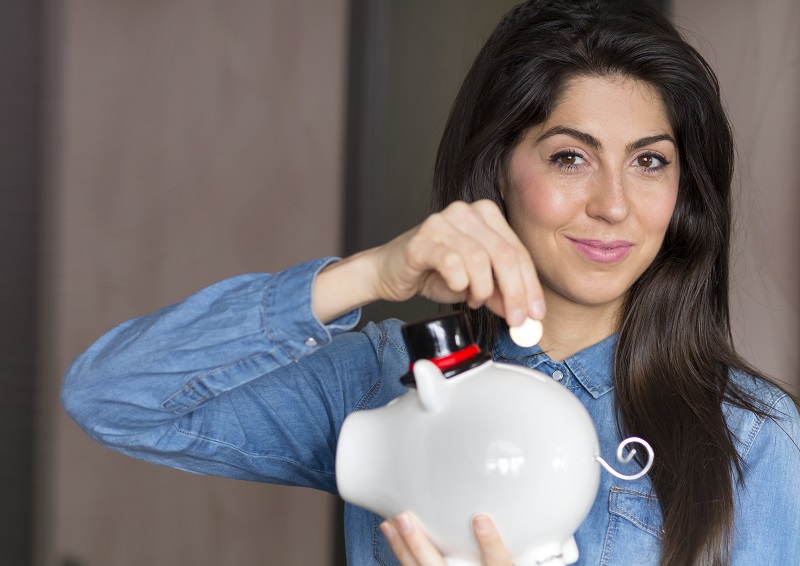By Pankaj Mathpal,CFP
No matter what is your age how old or young you are – there will be a day when you will retire. We are living longer but can’t work that long. Old age and retirement age catches up. Once you retire your active income stops, and if you don’t have a financial plan in place, you may find it difficult to sustain. It becomes essential that you plan your old age during your heydays. The earlier you start better, you will be.
Absence of financial planning can land you in a cash strapped situation in old age. Too much of dependency on children or extended family could backfire, and as we know, there is no social security mechanism for senior citizens in our country. So plan your retirement and start now.
Retirement plan has two phases – accumulation phase and the distribution phase. The idea is to accumulate sufficient wealth during the working life so that you utilize it in post-retirement.
Factors that will determine your retirement plan
-
Whatever is your investment path do not forget inflation
One must factor in inflation while calculating the retirement fund- a 30 years old person spending Rs. 25,000 per month will need Rs. 143587 at the age of 60 years and Rs. 257143 at the age of 70, assuming the inflation of 6% throughout these years. If we consider the life expectancy of 85 years in this example and if I say that the person will invest his whole retirement corpus at 8% he needs to accumulate around Rs. 3.44 crores assuming that inflation will continue at the same rate after 60 years too.
-
Reaping ‘Power Of Compounding’ benefit
This is an early bird prize. For earning compounding interest, you have to start your retirement plan as early as possible. Compound interest on early investments adds up to significant multiples. So the earlier you start, the easier it will be for you to accumulate the desired wealth.
-
How to target inflation and earn returns higher than inflation?
Investing only in traditional products like insurance policies, fixed deposits, and small saving schemes may not be sufficient for creating the desired corpus. One must maintain proper asset allocation and invest some part of the savings in equity to generate decent returns in the long term. Invest more in equity and other risky assets when you are young and keep reducing the exposure in such assets with the progress of age. You may start with a small amount but keep increasing your investment amount year after year.
3 types of investment that can help you in fund accumulation –
-
National Pension Scheme (NPS)- This is a perfect investment option for those who have time in hand and are looking for a moderate -risk instrument. Assured return is in the range of 8- 10%. It invests in a mix of stock, bond and government securities. The National Pension scheme is a long-term investment plan which fetches regular pension once you retire. After retirement, 60% of the corpus can be withdrawn in a lump sum which is tax-free and the remaining 40% will be utilized as pension and will be taxed as your income. You will be contributing monthly/yearly as you please and build a corpus which is locked till you attain 60 years of age. The yearly investment will be entitled to a tax deduction within the limit of 1.5 lakh under 80CCE and an additional deduction of Rs 50,000 more under section 80CCD1(B). Employer contribution up to 14% of your salary gets a tax deduction under section 80CCD2.
-
Public Provident Fund (PPF)- With 15 year of lock-in a PPF account is a government-supported small saving scheme. You can deposit a minimum of Rs 500 and a maximum of Rs 1.5 lakh in one financial year. You earn interest as decided by the government on their schemes. It is a bit higher than the bank’s fixed deposit interest rates. At present, the interest on PPF for Oct-Nov-Dec 2020 quarter is 7.1%.
-
Mutual Funds (MF)- If you have a long-term horizon and want a better return than PPF and NPS then Mutual Fund could be a good option. They are capable of giving a return in the range of 12-15%, but the caveat is stay invested for a more extended period of time. When you are a long term investor, then you reap the benefit of the power of compounding as well. If you are a young investor, you can aggressively invest in equity funds and then switch to debt funds as you near your retirement. You can invest in MF’s through a systematic investment plan(SIP) investments. A SIP brings in a discipline to your investment, and you put in a monthly contribution in a staggered manner. When you invest over a long period irrespective of market condition, you get more units when the market is low and less when the market is high. This averages out your per unit purchase cost.







